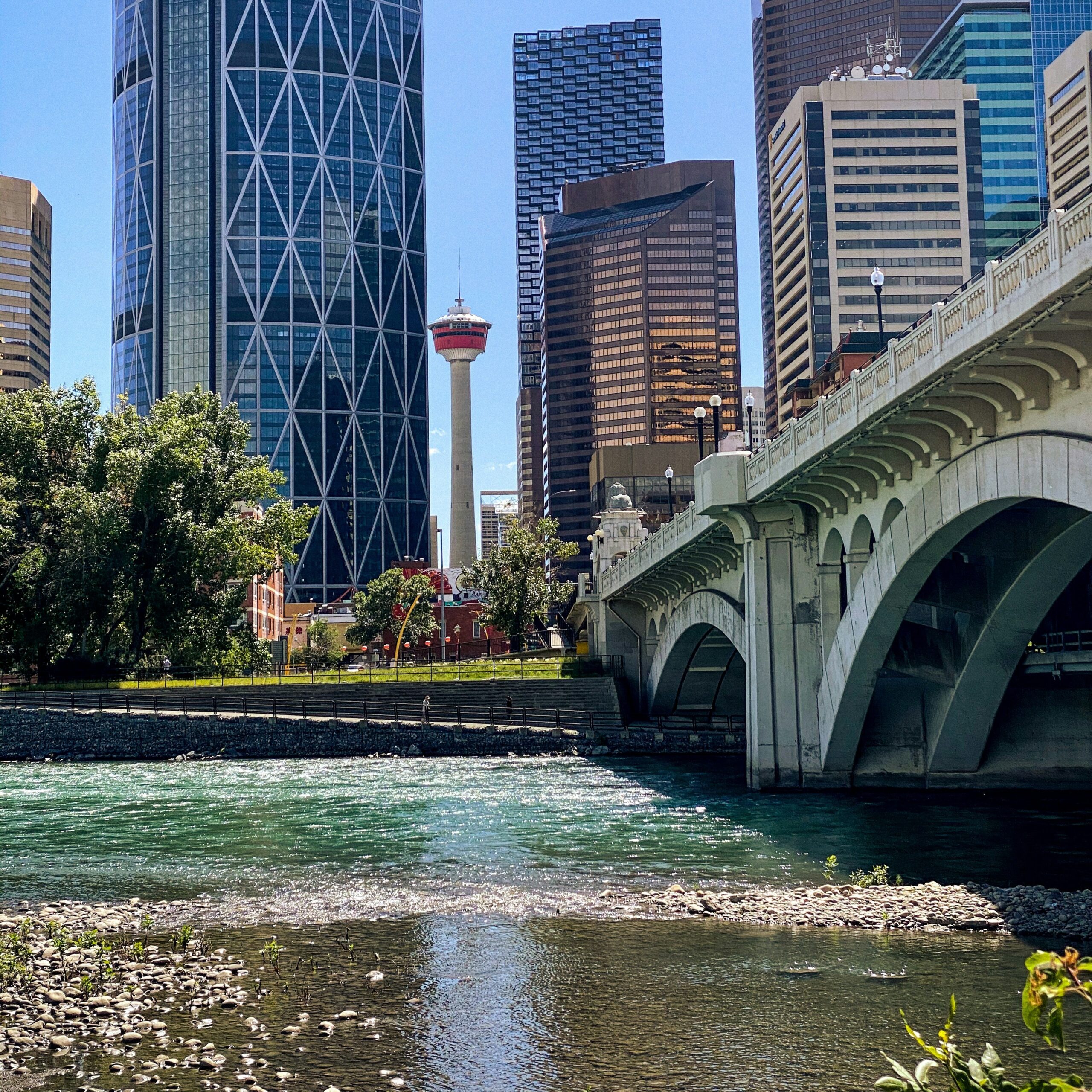Learning from Calgary’s water infrastructure crisis
Do municipalities and businesses need to change how they think about maintaining their assets?

Time will tell what the root causes were that led to the main water feeder breaking, but we can all agree today that its failure has provided another significant example of the need to plan, design, maintain, and invest in critical infrastructure. While capital planning often favours more visible assets (i.e., recreation centres, fire stations, affordable housing) that lead to political photo ops, ensuring the services that fuel a city can continue to function should always be a top priority.
What should be next for municipalities and businesses that own real estate and infrastructure assets to deliver services?
First, they should identify critical components and ensure they can function as intended. This involves conducting thorough assessments to pinpoint vulnerabilities and potential failure points within their infrastructure. Regular maintenance schedules and proactive upgrades should be implemented to address issues before they escalate into major failures.
Additionally, municipalities and businesses should invest in modernizing their infrastructure with resilient and sustainable technologies. This includes adopting smart technologies that can monitor and manage infrastructure health in real time, allowing for swift responses to emerging issues. Collaboration between public and private sectors is also essential to pool resources, share expertise, and create comprehensive strategies for infrastructure resilience.
Finally, it’s crucial to foster a culture of continuous improvement and preparedness. This means staying informed about the latest advancements in infrastructure technology, engaging in ongoing training for personnel, and developing robust emergency response plans to mitigate the impact of any unforeseen events. By prioritizing these actions, municipalities and businesses can ensure their infrastructure remains robust and capable of supporting essential services for their communities.
We’ve seen bridges fall in Montreal and Saskatoon, and a previous pipe burst in Calgary (2009, Mount Royal). Let’s hope the Gardiner can stay up a little longer. As we inherit assets from generations before us, I don’t think we will have the resources to support them all. It’s time for us to be innovative, explore private and public innovation, and reconsider the levels of services we expect for our cities.
About the author
Scott Pickles is a seasoned real estate professional with over 20 years of experience in various sectors (public, non-profit, and private). Combining his background as a registered architect with consulting and client-side experience, he has a successful record of delivering complex real estate projects. His expertise spans strategic advisory, financial analysis, planning, and various building types.
